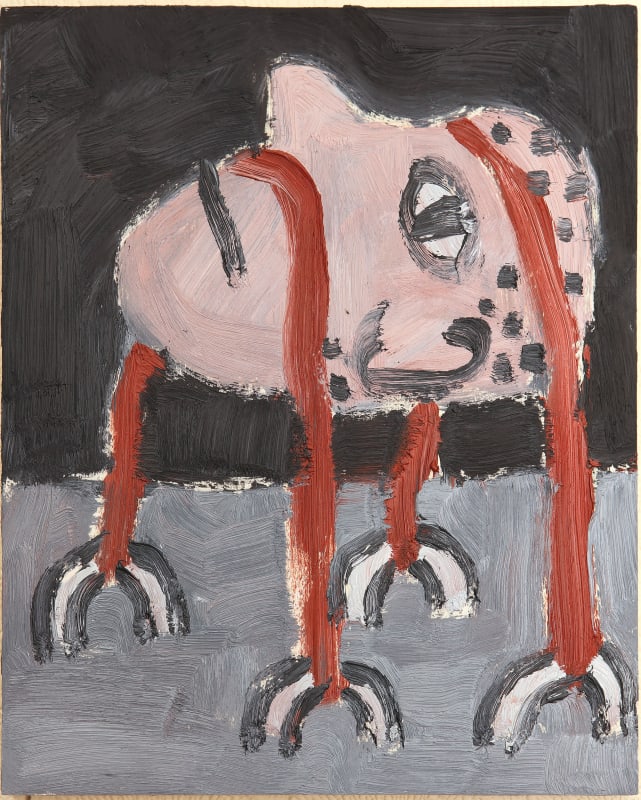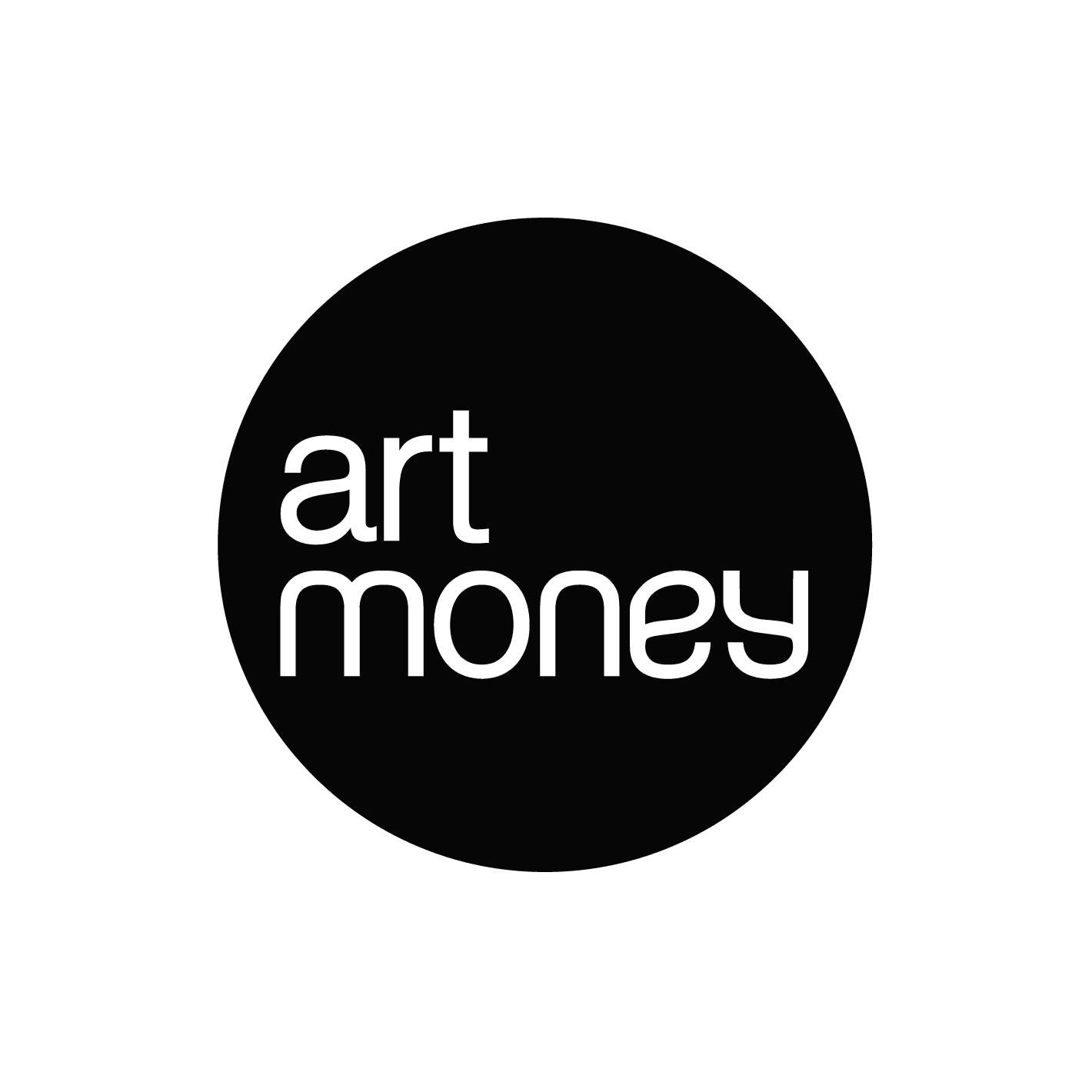Enzo Marra’s practice successfully brings together a painterly interest in the haptic qualities of paint and canvas with a cartoonish and idiosyncratic vocabulary. While thoroughly contemporary, Marra’s style, subject matter, and technique recalls the tension between figuration and abstraction, heavy texture, and irreverent iconology of Phillip Guston’s postwar work. Indeed, Marra’s work has a further connection to that of Guston, much of his oeuvre functions as a critique of present-day culture and society.
Formally, the artist’s approach is engaged in a reductive approach to details, set within figuratively inspired abstraction. Marra notes “I am in the process of trying to visualise the mental state of artists and the world they inhabit. Through masses of sketching and drawing and painting, a captivating image will appear and grow, and become something more real and tangible.”
The painter begins with instinctive sketching, initial biro experiments capturing of an idea or subject. This is followed by graphite drawings, and then ink and watercolour on paper, an evolution of form and process the artist describes as “allowing the image become more real and purposeful.” Finally, Marra will create larger oil paintings, expressing the informality and looseness of his artistic process; the signature textural stroke marks achieved through the use of a thick industrial paint.
Marra notes his admiration for the work of George Rouault as well as the sculptural archaic figuration of Mario Sironi and the masterful application of brushstrokes, and finally the influential approach of Leon Kossoff. The readability of paint texture and brush stroke is something that particularly appeals to Marra whose contemporary work in turn is engaged with the display of the artistic purpose, and an almost symbiotic relationship with the paint itself. Within this corporeal approach as well lies a critique of contemporary life, and commentary on the artworld itself: the ideas of value and worth, the commodification and the act of observation and the role of fiction in the creating of art and artistic personality.
Rosa H Berland

